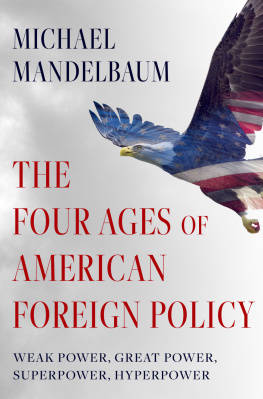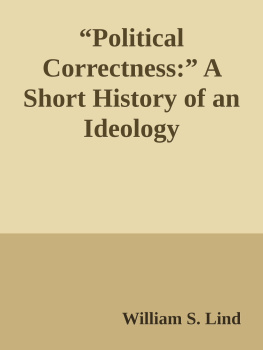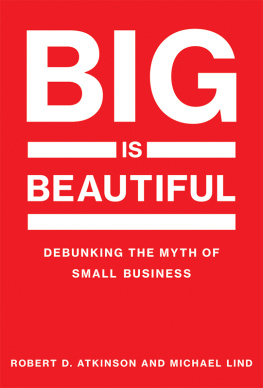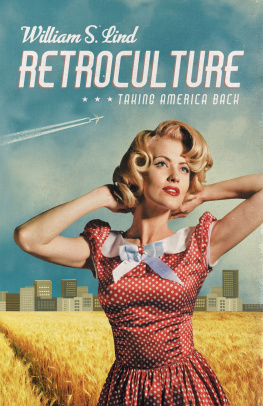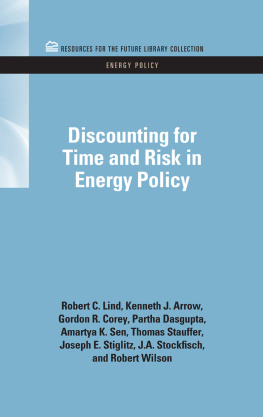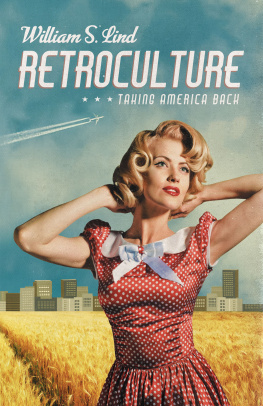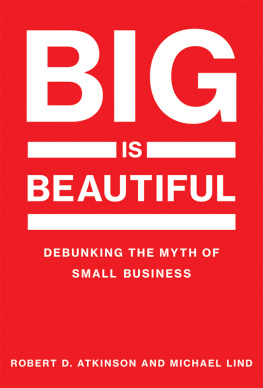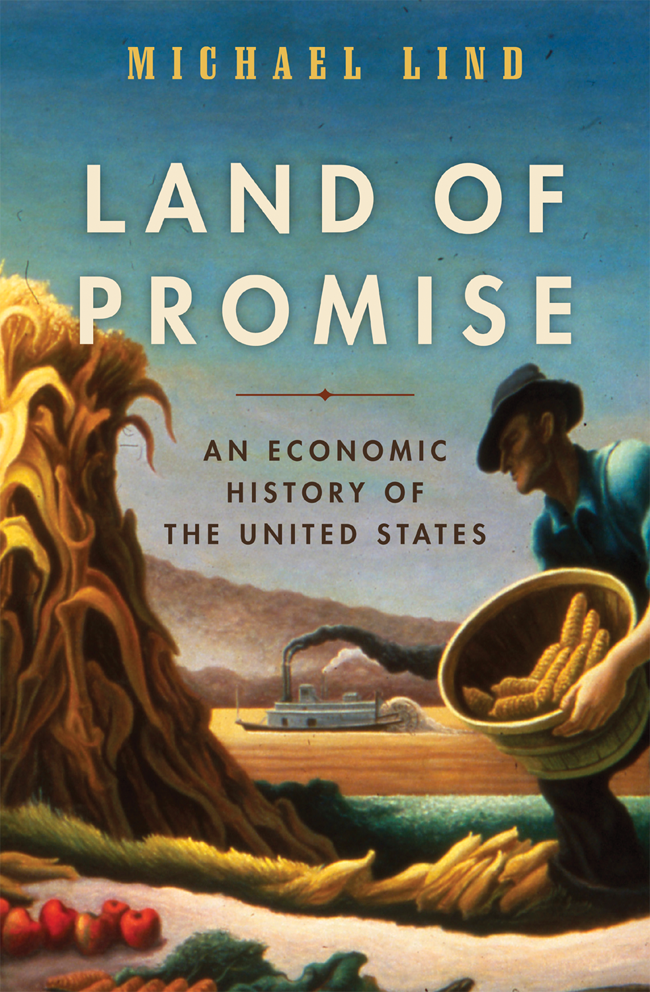Chapter 1
A Land of Promise
My first wish is to see this plague to mankind [war] banished from off the earth, and the sons and daughters of this world employed in more pleasing and innocent amusements, than in preparing implements and exercising them for the destruction of mankind. Rather than quarrel about territory, let the poor, the needy, and oppressed of the earth, and those who want land, resort to the fertile plains of our western country, the second land of promise , and there dwell in peace, fulfilling the first and great commandment.
George Washington, 1785
From the beginning Americans have been anticipating and projecting a better future. From the beginning the Land of Democracy has been figured as the Land of Promise.
Herbert Croly, 1909
A t the Great Falls of the Passaic River in New Jersey, two dozen miles from New York City, a torrent rushes over the rocks and plunges with a thunderous roar to the river seventy-seven feet below. Thirteen thousand years ago during the last Ice Age, the Passaic River followed a different course. When the glacier that had covered much of North America melted, it deposited a moraine of boulders that formed a dam, blocking the rivers course. Diverted along the Watchung Mountains of New Jersey, the river gouged a new course, bursting through layers of two-hundred-million-year-old basalt to create the largest waterfall in North America south of Niagara Falls.
It was here, on July 10, 1778, during the American War of Independence, that General George Washington of the Continental Army chose to rest and dine. Relaxing with him that day were the marquis de Lafayette, the aristocratic young French volunteer who would return home to fight for liberal constitutionalism in the French Revolution, Colonel William McHenry, later to be secretary of war of the United States, and Washingtons young aide-de-camp, Alexander Hamilton. The contents of the picnic are recorded by historyham, tongue, and biscuitsbut no record remains of the conversation.
It is certain, however, that Hamilton was impressed by the natural power of the falls. As the first Treasury secretary of the United States during the administration of President George Washington, Hamilton chose the Great Falls of the Passaic as the site for the Society for Establishing Useful Manufactures (SUM), an industrial corporation chartered in 1791 by the New Jersey legislature and Governor William Paterson, after whom the new factory town on the companys land would be named. The creation of the SUM followed the Report on Manufactures delivered to Congress in 1791, in which Hamilton called for a variety of federal policies to promote industry in the young United States.
Hamiltons grandiose plans for the National Manufactory were not realized. But the SUM survived until 1945, when it sold its assets to the city of Paterson, by leasing its land to a number of increasingly sophisticated manufacturing concerns.
With the water-power infrastructure in place, Paterson became a flourishing center of industrial production. The township was soon the site of a cotton mill (1794), a candlewick mill (1800), and a paper mill (1804).
Hamilton, like Washington, was a champion of American manufacturing in part because of the difficulty experienced by the Continental Army during the American Revolution in obtaining adequate supplies. The tradition of US military support for the development of new technologies, including radio, atomic power, and computers, shaped the growth of Paterson from its earliest days. A deputy director of SUM, John Colt, perfected a nonmildewing cotton cloth that the navy used for the sails of all its ships in order to free itself from foreign suppliers.
By the end of the nineteenth century, when the town was the source of almost half of the silk in the United States, Paterson was known as Silk City. A strike by Paterson silk workers in 1913 attracted worldwide attention and the support of bohemian intellectuals like the journalist John Reed and Mabel Dodge Luhan, who sponsored an avant-garde pageant at Madison Square Garden to publicize the strike. The pageant was a success but the workers were crushed and Paterson and other northern textile centers lost out to competitors in the American South.
But once again, Paterson reinvented itself by taking advantage of technological innovation. Two of the transformative technologies of what historians call the second industrial revolution were electricity and aviation. In the 1900s, the SUM enlisted Thomas Edison and his company to design one of the worlds first hydroelectric power plants. The mills switched from old-fashioned waterpower to electricity from the plant, which opened in 1914 and still generates energy for Paterson today.
Soon the former Silk City became Aviation City, hosting the Wright Aeronautical Corporation, which was established by the inventors of the airplane, Orville and Wilbur Wright. Wright Aeronautical manufactured the custom-made engine that Charles Lindbergh used in his epochal solo flight across the Atlantic in 1927. The successor to Wright Aeronautical, the Curtiss-Wright Corporation, went on to play a major role in aircraft production during World War II, contributing to the Allied victory against the Axis powers in Europe and Asia.
In the second half of the twentieth century, Paterson declined because of competition first from the low-wage American South and then from the state-sponsored industries of Asia and Europe. Symbolizing the rising importance of real estate and financial interests in the US economy, realtors sought to destroy much of the old industrial neighborhoods, which were plagued by dereliction and crime. The federal government, however, turned the Great Falls and their environs into a national park, reflecting another trend in deindustrializing America: nostalgic historic preservation. It remained to be seen whether the alternatives proposed for the once-great manufacturing city of Paterson, New Jerseyspeculator-built condos and apartments or relic-filled museums of a lost industrial past?represented local decline or a prophetic vision of a future American economy that had completely ceded high-value-added manufacturing to its military and economic rivals.
For generations, Paterson was what Detroit and Silicon Valley would be later: a dynamic center of enterprise and innovation that brought together investors, inventors, engineers, merchants, and a large and competent workforce. Hamiltons vision of an industrial city, after initial failures and delays, ultimately was realized. So was his vision of an industrial America. The opposition of the planter oligarchy of the South, which culminated in the Civil War, delayed but did not prevent the emergence of the United States as the greatest economic power of the world by the 1870s. Despite competition from Europe and East Asia, including newly industrializing China, the United States maintained its economic primacy into the early twenty-first century, with the third largest population in the world, an economy accounting for a quarter of global gross domestic product (GDP), and the privilege of having the dollar serve as the global reserve currency. In a little more than two centuries, a nation of four million people, mostly farmers and slaves, inhabiting a miscellany of former British colonies along the Atlantic rim of North America had grown into an economic and military colossus with a continental territory inhabited by a population that was predicted to grow to as much as half a billion by 2050.
INDUSTRIAL REVOLUTIONS AND AMERICAN REPUBLICS
Beginning with the Austrian American economist Joseph Schumpeter in the 1920s and 1930s, many students of economic history have argued that technological innovation comes in bursts of change, followed by long periods in which the implications of the latest innovations are worked out. Some economic historians have distinguished as many as five major waves of technological change since the industrial era began. Many identify three, based on radically new general purpose technologies: the first industrial revolution of the late 1700s, based on the steam engine; the second industrial revolution of the late nineteenth century, based on electricity, automobiles, and science-based chemical industries; and the third industrial revolution of the mid- and late twentieth century, based on the computer.





